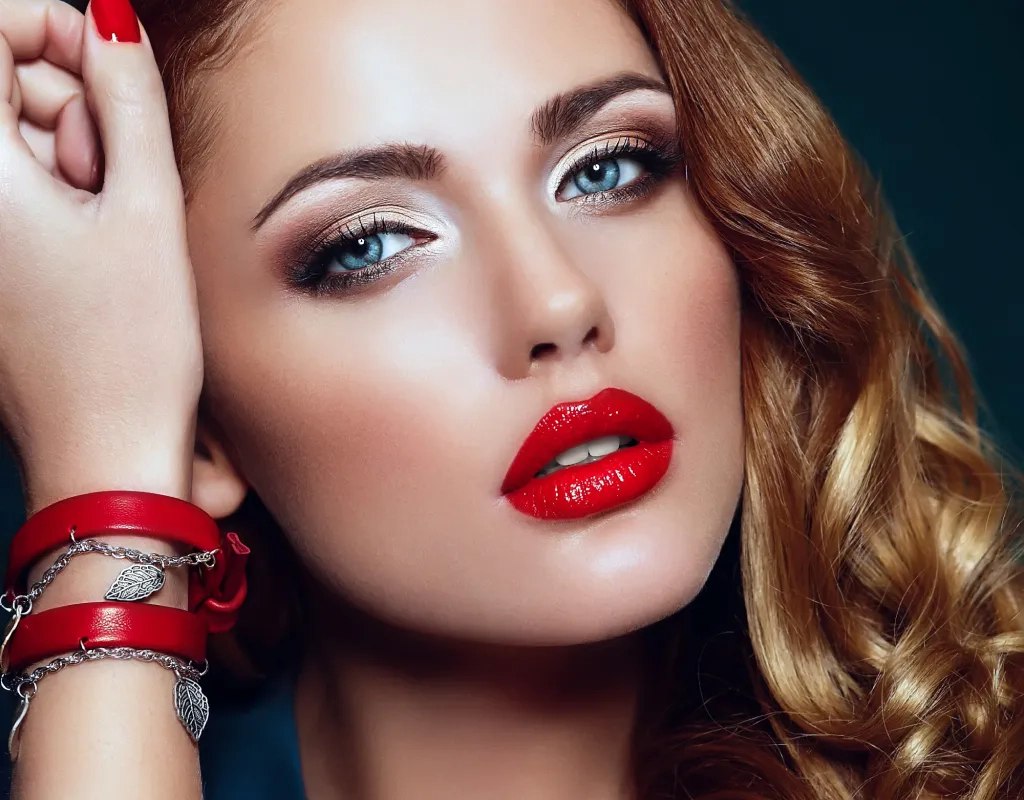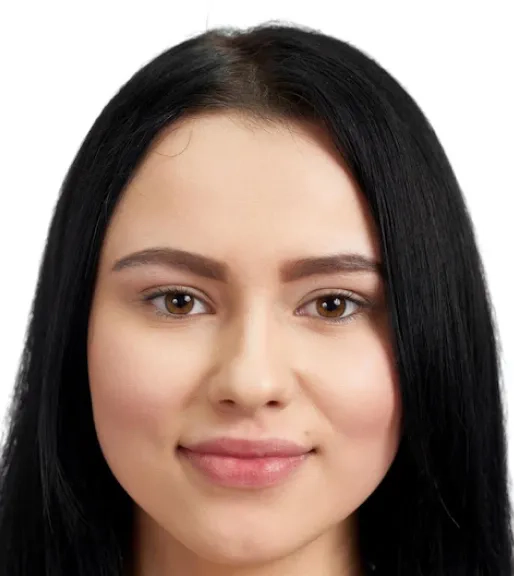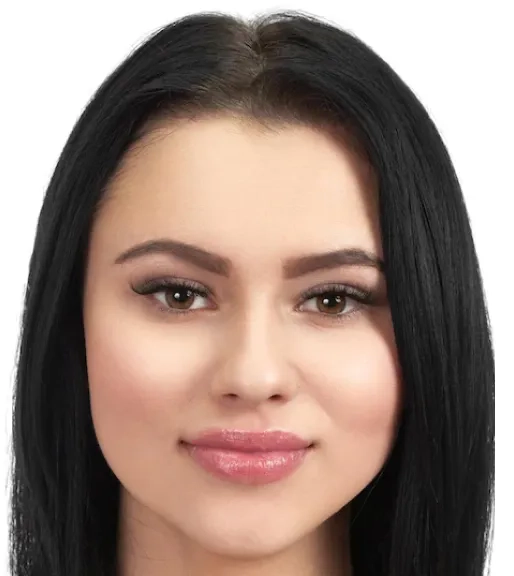Permanent Makeup in Forest Hills, Queens NYC
What is permanent makeup?
A procedure during which a pigment is introduced into the skin - a special mineral-based dye designed specifically for permanent makeup. There is nothing to worry about - the master introduces pigment into the uppermost layers of the skin. Depth - no more than 0.8-1 mm.
A procedure during which a pigment is introduced into the skin - a special mineral-based dye designed specifically for permanent makeup. There is nothing to worry about - the master introduces pigment into the uppermost layers of the skin. Depth - no more than 0.8-1 mm.
Due to this, the duration of the effect is reduced. Over time, the pigment gradually dissolves, fades, and after a while, it is completely broken down by the body and excreted naturally. As a result, you get “long-playing” make-up, skillfully emphasizing the dignity of the face.

Advantages of permanent makeup
Thanks to the permanent makeup of the eyes (eyelids), lips, or eyebrows, you do not have to use cosmetics every day. It is very comfortable. Especially when applying even contours causes a problem or inconvenience. Properly selected shapes and colors beautifully emphasize the shape of the eyes, lips, and eyebrows. Ideally emphasizes the contours of the face, works on the advantages and hides the flaws. In this case, the effect lasts from 6 months to 3 years, and in the case of arrows, it can be longer. Depends on the chosen technique and zone. That is, everything that used to embarrass you, cause difficulties or lead to discomfort will be completely excluded.


Permanent lip makeup
Permanent lip makeup not only gives color and a pleasant, beautiful shade. But it is also able to change the shape of the lips, make them visually plumper and juicier, and hide imperfections: scars, cyanosis, and asymmetry. Today, you can make permanent lip makeup in two popular techniques: watercolor technique and lipstick.
Lip tattoo in watercolor technique
The trending, most popular technique of permanent lip makeup. It involves the surface introduction of the pigment and its soft shading. Hence the additional name – powder lips. Most often, nude shades are used (hence the additional name “nude lips”), as pastel colors. The purpose of the technique is not to hide the flaws but to give the lips freshness and juiciness. Without pretentiousness and excessive highlighting of color on the face.
Lip tattoo in lipstick technique
Lipstick technique Imitates the effect of painted lips. The pigment is introduced more densely. Saturated shades are often used: from delicate pinks and coral to bright reds. The main difference is the ability to hide imperfections, visually enlarge the lips, and give them volume.

Before and after




Faq
Stages of permanent makeup
- Consultation. To begin with, the master will win you over and answer all the answers of interest. Together with you, he will select the shade of the pigment and recommend the most suitable one. It can be one color or a mixture of several colors to get the best shade that suits your color type, hair color, and eyes.
- Sketch development. With a pencil or pen, the master will sketch the future permanent drawing on the face. This is done so that you understand what to expect and what shape the result will be. Creating a sketch is a very serious stage of work. So feel free to discuss it and refine it if you don’t like something.
- Applying an anesthetic (anesthetic). The type of anesthetic and the frequency of its use depends on the tattooing area and the chosen technique. For example, for tattooing arrows, the anesthetic is used twice: before the procedure and after the first run. For lips or powder brows – once after the first run of the pigment.
- Performing a permanent makeup session according to a previously developed and approved sketch.
- Treatment of the area with an antiseptic, if necessary, applying a healing cream.
- Consultation and registration for correction. During the consultation, the master will tell you in detail about the care of permanent makeup and issue a memo. It is very important to follow the recommendations if you want to get quick skin healing and beautiful result.
Eyebrow permanent makeup
Permanent eyebrow makeup is the most relevant and demanding procedure. Permanent eyebrow makeup solves many problems:
- emphasizes the form and helps to create it if the native form is sloppy, asymmetric, chaotic,
- retains a beautiful color, emphasizing the face, eyes, and face shape;
- hides imperfections: gaps in case of hair loss, scars, micro pigmentation, etc.
Permanent eyebrow makeup is offered in several techniques. The most popular are three.
Powder eyebrows
Top technique, the favorite of most girls. It is performed by point injection of pigment, creating a shading effect. This is the most painless technique of all.
Powder eyebrows give naturalness to the image. They are not characterized by clear edges and overly bright shades. In this case, the technique guarantees a gentle and smooth gradient transition and naturalness. Read more about powder brows here.
Microblading
Classical microblading involves the master making skin incisions in the form of hair growth and filling it with pigment. Due to controversial issues and the likelihood of complex healing, microblading by professional masters in the classic version is rarely performed. Instead, a hair tattoo is recommended. The result is identical to microblading, but the execution principle is different. Hair tattooing is performed not with a handpiece (small blade), as in the case of microblading, but with an ordinary machine. Hairs are drawn with a needle, simulating their growth. This ensures the safety and proper healing of the skin.
Mixed Media
This is a combined technique that includes two at the same time: powder eyebrows and microblading (hair tattoo). More rarely chosen by girls because of the rather bright effect.
Eyelid permanent makeup
Advantages of eyelid tattoos:
- Absolute aesthetics. It not only emphasizes the eyes but also makes them more open, puts emphasis on the eyes, visually lengthens the eyelashes;
- Visual correction of the eyes. Properly selected arrow shape can correct the fit and shape of the eye;
- The ability to hide minor defects in the eyelid area: small scars, visually lift the overhanging eyelid;
- Daily convenience. Make-up is no longer necessary. The arrow can act as an independent type of makeup without complementing it with shadows.
Permanent make-up of the eyelids is offered in 3 techniques: inter-ciliary eye tattoo, classic arrow, and arrow with shading.
Intercilia
TOP technique in permanent make-up of the eyelids. Here the inter-ciliary space is filled with pigment. The technique gives absolute naturalness. A neat inter-eyelash arrow looks cute and does not force you to apply mascara on your eyelashes every day, making them visually thicker and longer.
Classic arrow
Do you like wide arrows on the eyes? Classic is for you. Emphasizes the eyes, corrects the shape, and makes accents on the look. It can have any shape to choose from, the length and bend of the free edge.
Arrow with feathering
Less popular permanent makeup technique among all those proposed. Not in great demand because the tattoo is very noticeable. Suitable for those who are used to coloring the arrow every day and applying eye shadow or shading eyeliner/pencil.
How to prepare for permanent makeup
Basic preparation tips include:
- exclusion of any cosmetic, cosmetic procedures associated with skin injury: scrubbing, peeling, injections;
- stop taking antibiotics, as well as blood-thinning drugs;
- for 1-2 days to exclude alcohol and energy drinks.
How to take care of your skin after a permanent tattoo
- the first day with the abundant secretion of ichor, eliminate it with chlorhexidine or baby liquid soap, and baby wipes with a low Ph content. On the second day and beyond, it is recommended not to do this. Since the “dry” care begins;
- in no case, tear off the formed crusts or peel. It is important to avoid any mechanical contact with the tattooed area so as not to hook the thin skin and re-injure it, causing the release of a lymphatic fluid;
- avoid steaming the skin. This includes a long hot bath, visits to steam rooms, saunas, baths, and swimming pools;
- exclude any procedures related to skin injury;
- avoid the use of cosmetics and greasy creams.
The full recovery period is 28-30 days.
Do you need permanent make-up corrections?
If you want to get a beautiful result that will last more than 1-1.5 years, correction is a must. It needs to correct 30-45 days after the first permanent make-up procedure.
Contraindications of permanent makeup:
- Diseases resulting in poor or slow blood clotting.
- Diabetes mellitus while taking insulin.
- Epilepsy.
- Mental disorders.
- Oncology.
- Skin diseases and inflammation in the area of permanent makeup.